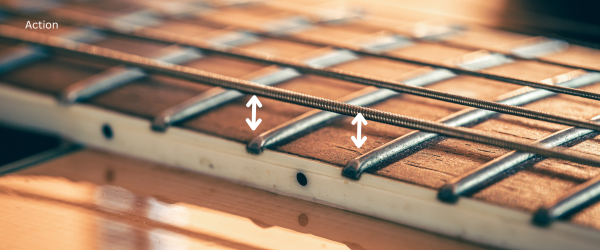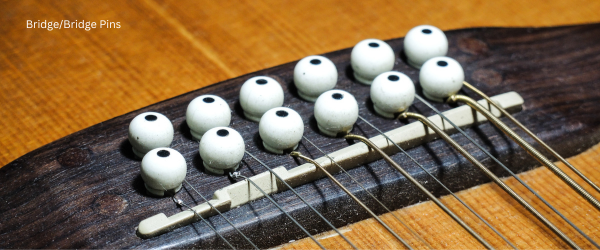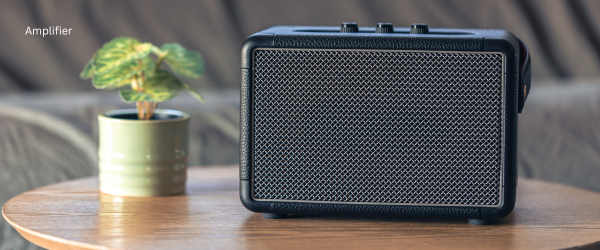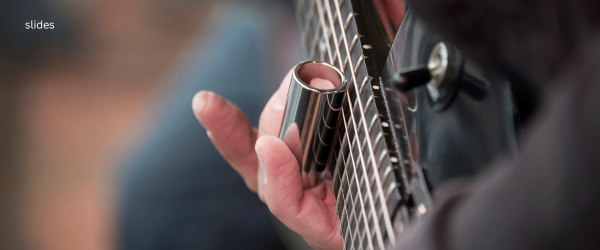
Table of Contents
As a beginner guitar player, you may find guitar terms confusing. But don’t worry, many of these terms are easy to understand and they describe simple parts and techniques.
Understanding these guitar terms is beneficial for you to have an enriching learning experience in offline or online guitar classes.
1. Action
The action of a guitar is defined as the distance of the strings from the fretboard. The action of a guitar should be optimum, too high or too low action affects the guitar playing.

2. Pickups
It is a device that converts the vibrations of the strings into electricity, they are available in both electric and acoustic guitars.
3. Bridge/Bridge Pins
A guitar bridge acts as an anchor for the strings, holding them in place on the body and allowing them to run over the sound hole on an acoustic or pickups on an electric. Bridge Pins are however only available in acoustic guitar which holds the strings to the bridge.

4. Amplifier
As the name suggests, it is a sound box that connects to a guitar and amplifies the sound of a guitar. Amplifiers are a must for electric guitar however depending on the range of audience, it is also used with an acoustic guitar.

5. Capo
It is an accessory used by guitarists, it sits on the fretboard and makes changing keys handy irrespective of the genres you are playing.

6. Note
Guitar notes are individual pitches. For example, when you play the top string of the guitar open, that is a note.
7. Melody
When a series of single notes are played in a particular sequence. (eg. Major Scale)
8. Harmony
When multiple notes are played together (Two or more notes played together). Eg. Chords.
9. Time Signature
Indicate how many beats are in each measure of a piece of music, as well as which note value is counted as a beat. ( For example, for a 4/4 time signature, the numerator defines the number of beats per measure and the denominator defines the note value of the beat. Thus 4/4 time signature, there are four Crotchet (Quarter notes) in a measure. )
10. Chord Voicing
Chord Voicing relates to the different ways one can create chords on an instrument. When a musician refers to alternative voicings, it is guitar slang for changing the configuration of notes in a chord to change the texture and feel
11. Slides
Slides in guitar are sliding the fingers from one note to another in the same string, sliding can be done in multiple strings as well using a slide, slide is also an instrument worn on fingers.

12. String Bend
Bending is pushing the string upward or downward to change the pitch of a note.
13. Palm Muting
The palm mute is a technique for guitarists known for its muted sound. It is performed by placing the side of the picking hand across the guitar's strings, very close to the bridge while picking.
14. Tremolo and Vibrato
Tremolo is a steady increase and decrease in volume. Vibrato is a steady increase and decrease in pitch.
15. Standard Tuning/Drop D Tuning
Guitar tunings are the assignment of pitches to the open strings of guitars, Tunings are described by the particular pitches that are made by musical notes. Tunning of the guitar is done by an instrument called a Tuner which identifies the pitch and helps assign the pitches to strings.
However there are many ways you can assign the notes to the strings, the standard pattern is E A D G B E ( Strings from top to bottom). In drop D tuning, the notes are assigned in D A D G B E.
-Turja Das Gupta
Guitar & Ukulele SME
Spardha School of Music
